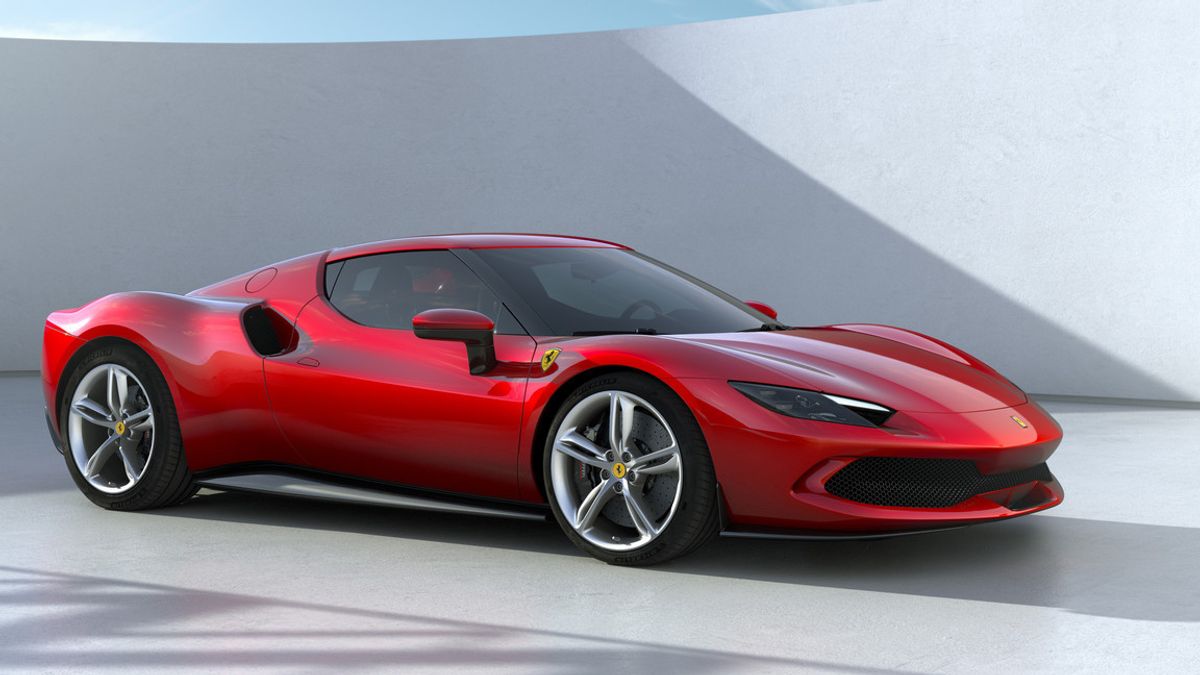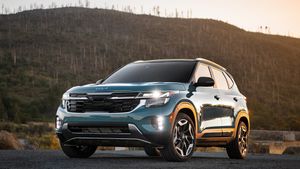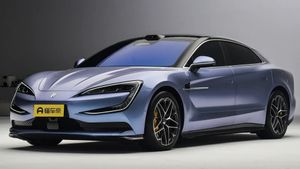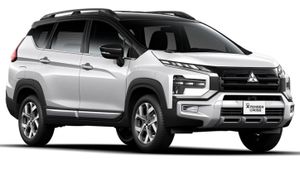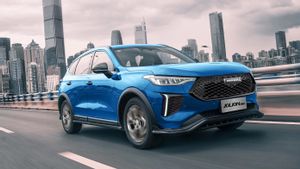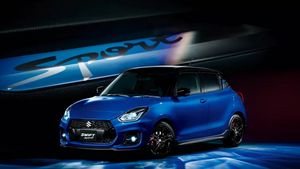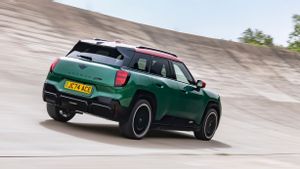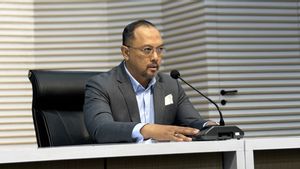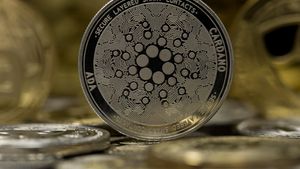JAKARTA - Supercar manufacturers like Ferrari are committed to switching to electrification and it is rumored that they have their own way of utilizing segments as potential markets.
Launching from Bloomberg, Saturday, June 29, the Maranello, Italy-based manufacturer will offer a subscription fee on batteries for plug-In Hybrid (PHEV) cars and electric vehicles (EVs) for 7,000 (Rp144.7 million).
It is reported that the fee will be billed as an extension of the warranty. This means that every PHEV vehicle owner or Ferrari EV will receive this service every eight years.
In addition, annual subscriptions will also include damage, although it is unclear whether standard three-year vehicle guarantees will provide the same protection.
Currently, Ferrari's hybrid models include 296 and SF90 have a five-year warranty for these high-voltage components. It said that between July and September 2023, both contributed 51 percent of all unit shipments.
According to other news, Ferrari is rumored to be setting a second battery replacement in the 16th year of vehicles. However, it is still unclear whether the owner must continue to pay the fee repeatedly.
Although Ferrari hybrid vehicle owners have to pay 56,000 euros for batteries, the report shows that competitors have set high costs for other services.
Aston Martin has set a three-year service on the Valkyrie model that needs to cost $450,000, while Bugatti set a four-year warranty extension on Chiron of $170,000.
Previously, Ferrari's first EV price leaked to the public in the range of 500,000 euros (Rp8.7 billion). This price reflects their belief that the public and customers are ready for this transition, amid rivals delaying the electrification plan entirely due to weakening demand.
SEE ALSO:
This price does not include other personalization features and options which are expected to increase costs by 15-20 percent. However, Ferrari has not commented on this.
The manufacturer founded by Enzo Ferrari will assemble its first EV at an e-building' factory in Maranello, Italy. This facility is claimed to have flexible assembly lines that allow Ferrari to make electric and non-electric cars.
This is in line with Ferrari's long-term plan, which includes a three-branch approach in presenting the latest models. By the end of the decade, the proportion of electric and hybrid models is expected to increase to 40 percent BEV, 40 percent hybrid, and 20 percent ICE.
The English, Chinese, Japanese, Arabic, and French versions are automatically generated by the AI. So there may still be inaccuracies in translating, please always see Indonesian as our main language. (system supported by DigitalSiber.id)
